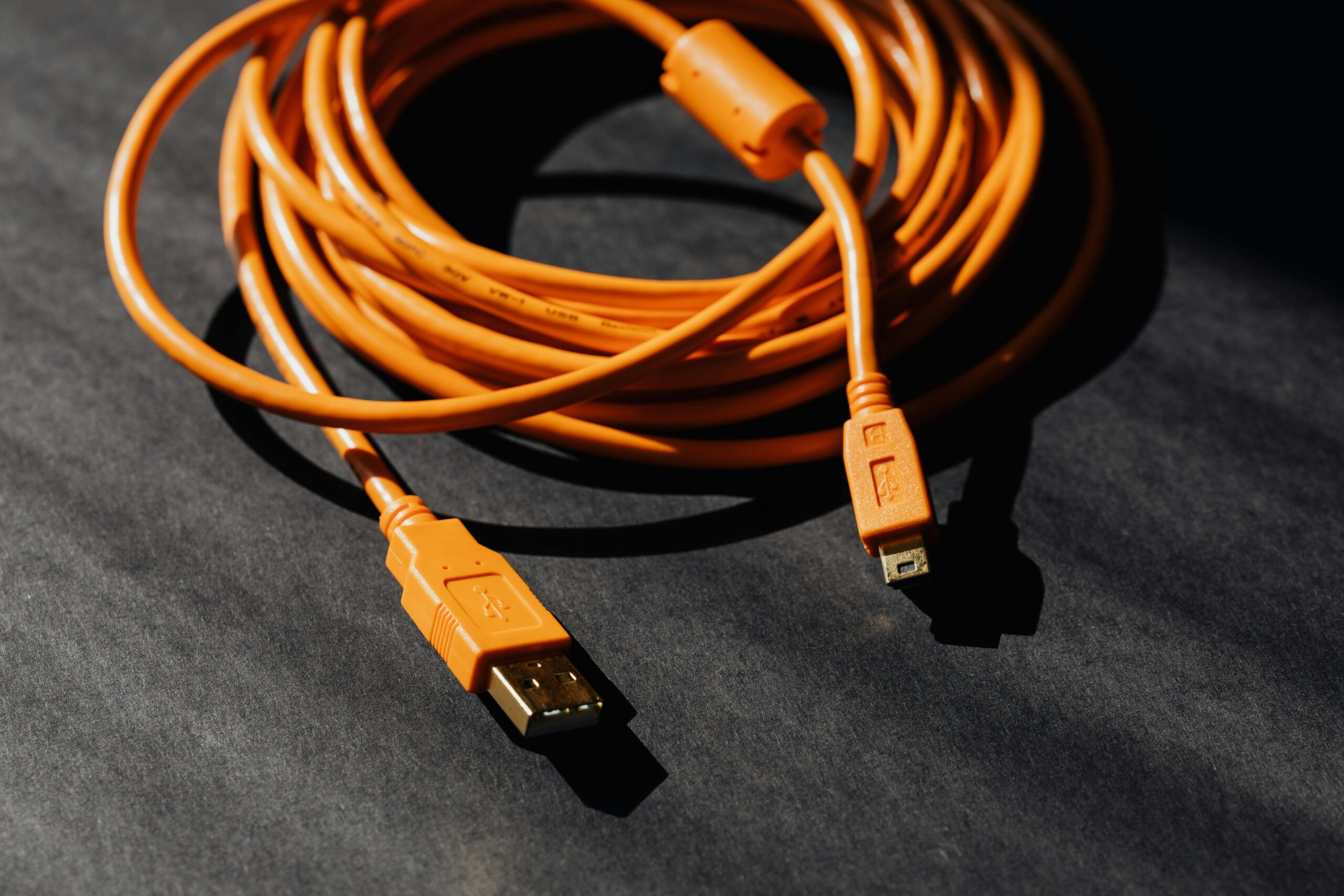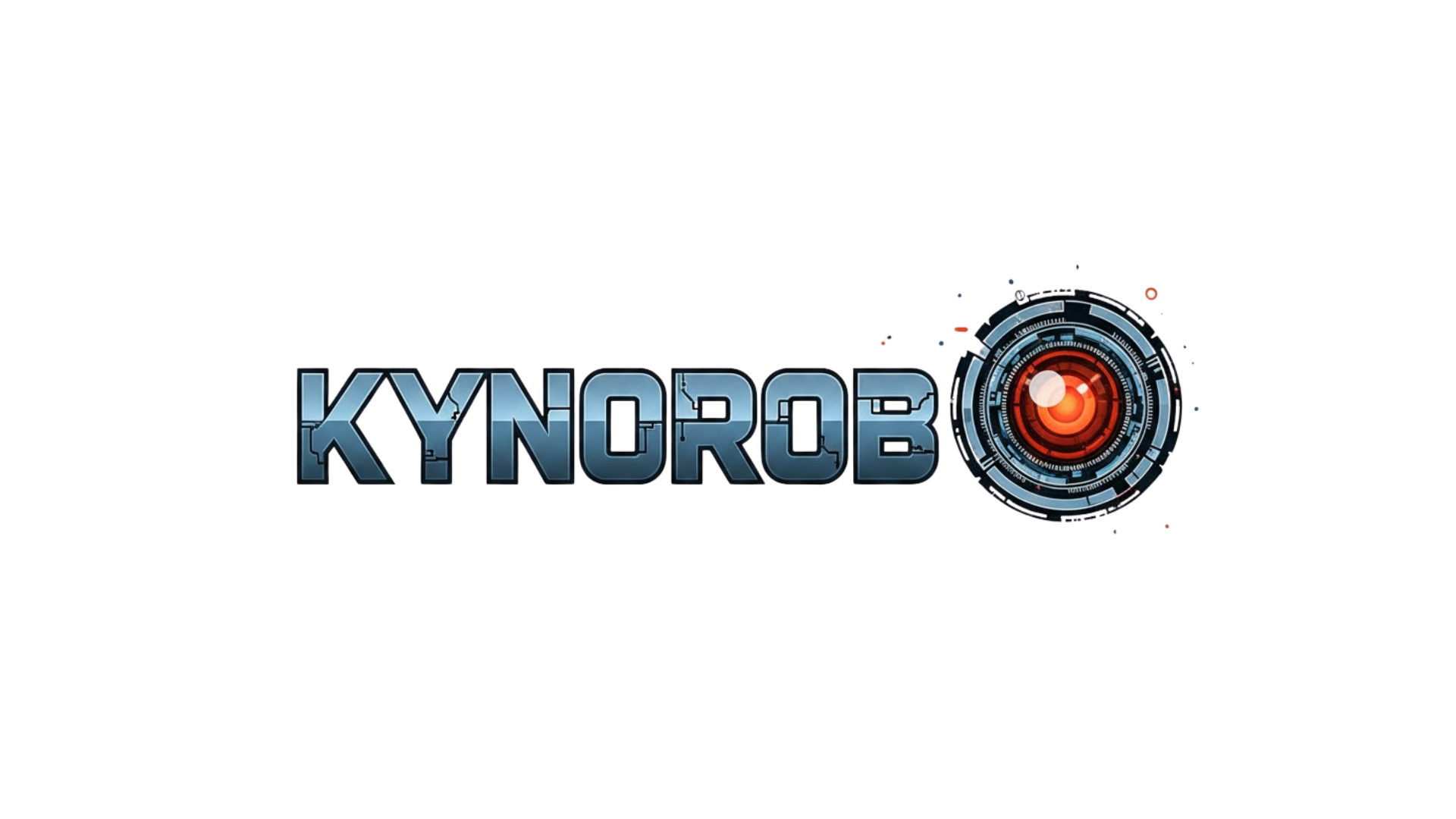Energy transmission is entering a revolutionary era with resonant energy transfer technology, offering unprecedented efficiency and wireless capabilities that could transform how we power our world. ⚡
The Dawn of a New Energy Era
For over a century, humanity has relied on traditional wired connections and inefficient wireless methods to transmit electrical energy. From power lines stretching across continents to USB cables cluttering our desks, the limitations of conventional energy transfer have been evident. However, a groundbreaking technology is now emerging that promises to revolutionize this fundamental aspect of modern life: resonant energy transfer.
This innovative approach harnesses the principle of electromagnetic resonance to wirelessly transmit power with remarkable efficiency. Unlike conventional wireless charging methods that suffer from significant energy loss and limited range, resonant energy transfer achieves coupling between transmitter and receiver coils tuned to the same frequency, creating a highly efficient energy pathway that operates almost like a magnetic tunnel between devices.
Understanding the Science Behind Resonance 🔬
At its core, resonant energy transfer operates on principles that have been understood since Nikola Tesla’s pioneering experiments in the early 20th century. However, modern technological advances have finally made practical implementation possible on a commercial scale.
The fundamental concept involves two electromagnetic coils operating at the same resonant frequency. When the transmitter coil generates an oscillating magnetic field at this specific frequency, the receiver coil—tuned to resonate at the same frequency—captures this energy with minimal loss. This is analogous to how an opera singer can shatter a wine glass by hitting exactly the right note; the matching frequencies create a powerful coupling effect.
The Magnetic Resonance Advantage
What distinguishes resonant energy transfer from traditional inductive charging is the addition of resonant capacitance to the system. This creates a high-Q (quality factor) resonant circuit that can maintain strong coupling even when the transmitter and receiver are separated by considerable distances. Research has demonstrated efficiency rates exceeding 90% at distances of several meters, a performance level previously thought impossible for wireless power transmission.
The magnetic fields used in this technology operate at frequencies typically ranging from hundreds of kilohertz to tens of megahertz. These frequencies are carefully selected to optimize energy transfer while remaining safe for human exposure and minimizing interference with other electronic devices.
Breaking Through Traditional Limitations ⚡
Traditional power transmission methods face numerous constraints that resonant energy transfer elegantly overcomes. Understanding these limitations helps illuminate why this breakthrough technology represents such a significant advancement.
Wired transmission systems, while efficient for direct connections, require extensive infrastructure, suffer from transmission losses over long distances, and present physical constraints that limit flexibility and mobility. The global power grid loses approximately 8-15% of generated electricity simply through transmission and distribution—a staggering waste that resonant systems can dramatically reduce.
Wireless Power: The Previous Generation
Earlier wireless charging technologies, particularly those based on simple inductive coupling, required precise alignment between transmitter and receiver, operated over extremely short distances (typically less than a centimeter), and exhibited efficiency rates often below 70%. These systems also generated significant heat, further reducing overall efficiency and potentially damaging sensitive electronics.
Resonant energy transfer transcends these limitations through its ability to maintain strong coupling over much greater distances with far less sensitivity to positioning. Devices can be charged while in pockets, bags, or simply sitting on a desk several feet from the power source.
Real-World Applications Transforming Industries 🚀
The practical applications of resonant energy transfer span virtually every sector of modern society. Forward-thinking companies and research institutions are already implementing this technology in ways that seemed like science fiction just years ago.
Medical Devices and Healthcare Innovation
In medical applications, resonant energy transfer is literally saving lives. Implanted medical devices such as pacemakers, neurostimulators, and artificial organs have traditionally required periodic surgical procedures to replace batteries. Resonant wireless charging eliminates this need, allowing these devices to be powered transcutaneously without breaking the skin barrier, significantly reducing infection risks and improving patient quality of life.
Medical researchers are developing resonantly-powered sensors that can be implanted to continuously monitor glucose levels, blood pressure, and other vital signs, transmitting data wirelessly while receiving power through the same resonant coupling mechanism.
Electric Vehicle Revolution
The automotive industry is embracing resonant energy transfer as the solution to one of electric vehicles’ most significant obstacles: charging infrastructure. Resonant charging pads installed in parking spaces, garages, and even embedded in roadways can automatically charge vehicles without any physical connection or driver intervention.
Several manufacturers are testing dynamic charging systems where vehicles receive power while driving on specially equipped highways, effectively providing unlimited range for electric vehicles on major routes. This application alone could accelerate the global transition away from fossil fuels by eliminating range anxiety—the primary barrier to electric vehicle adoption.
Consumer Electronics and Smart Homes
Imagine a home where smartphones, tablets, laptops, and wearable devices charge automatically simply by being in the room, with no need for charging pads, cables, or conscious charging decisions. Resonant energy transfer makes this vision achievable. Companies are developing room-scale charging systems that create zones of wireless power, keeping all compatible devices continuously charged.
Smart home devices, particularly those requiring permanent installation like security cameras, sensors, and smart speakers, benefit enormously from wireless power. Installation becomes simpler, aesthetics improve without visible cables, and devices can be positioned based purely on functional requirements rather than proximity to outlets.
Efficiency Metrics That Matter 📊
When evaluating any energy technology, efficiency metrics provide the critical data necessary for informed decision-making. Resonant energy transfer demonstrates impressive performance across multiple measurement dimensions.
| Technology Type | Typical Efficiency | Maximum Distance | Alignment Sensitivity |
|---|---|---|---|
| Wired Charging | 95-98% | N/A (Contact Required) | Physical Connection |
| Inductive Charging | 60-75% | 5-10mm | Very High |
| Resonant Transfer | 85-95% | 1-5 meters | Low to Moderate |
| Radio Frequency | 5-20% | 10+ meters | Very Low |
These figures demonstrate that resonant energy transfer achieves a remarkable balance between efficiency, convenience, and practical usability that no other wireless technology can match. The ability to maintain efficiency above 85% while operating at distances measured in meters rather than millimeters represents a genuine breakthrough.
Overcoming Implementation Challenges 🛠️
Despite its tremendous promise, resonant energy transfer faces several challenges that researchers and engineers are actively addressing. Understanding these obstacles and the solutions being developed provides insight into the technology’s development timeline and future trajectory.
Frequency Standardization and Regulation
One significant challenge involves establishing global standards for operating frequencies. Different regions have varying regulations regarding electromagnetic emissions, and the wireless power industry must coordinate with regulatory bodies worldwide to designate appropriate frequency bands for resonant energy transfer that don’t interfere with existing wireless communications.
Industry consortiums are working to establish unified standards similar to those that enabled universal WiFi and Bluetooth adoption. These efforts will ensure devices from different manufacturers can interoperate seamlessly, creating the ecosystem necessary for widespread adoption.
Cost and Manufacturing Scalability
Current resonant energy transfer systems require precision-tuned components and sophisticated control electronics, making them more expensive than conventional charging solutions. However, as with all emerging technologies, costs decline dramatically with scale. Manufacturers are developing simplified designs and automated manufacturing processes that will bring costs down to levels competitive with existing infrastructure.
The semiconductor industry is producing specialized integrated circuits designed specifically for resonant power applications, consolidating what once required dozens of discrete components into single chips. This integration reduces both cost and size while improving reliability.
Environmental Impact and Sustainability Benefits 🌍
Beyond convenience and efficiency, resonant energy transfer offers significant environmental advantages that align with global sustainability goals. The technology contributes to reduced carbon emissions and resource consumption through multiple mechanisms.
By enabling more efficient energy distribution, resonant systems reduce the total amount of electricity that must be generated to meet demand. Even a 5% improvement in transmission efficiency translated globally would eliminate the need for hundreds of power plants and reduce carbon emissions by millions of tons annually.
Extending Device Longevity
Wireless charging through resonance eliminates physical connectors—components that frequently fail through repeated insertion cycles. Smartphones, laptops, and other devices often develop charging port problems long before their electronic components reach end-of-life. By removing this failure point, resonant charging extends device lifespans, reducing electronic waste and the environmental impact of manufacturing replacement devices.
Additionally, the technology enables better battery management through opportunistic charging. Rather than cycling between full discharge and full charge—a pattern that degrades lithium-ion batteries—devices can maintain optimal charge levels through continuous low-rate wireless charging, significantly extending battery life.
The Infrastructure Transformation Ahead 🏗️
Widespread adoption of resonant energy transfer will require significant infrastructure investment, but the long-term benefits justify this initial expenditure. Urban planners and architects are beginning to incorporate wireless power zones into new construction, while retrofit solutions are being developed for existing structures.
Public spaces including airports, shopping centers, restaurants, and transportation hubs represent ideal early adoption venues. These locations already serve as gathering points where people spend time with electronic devices and would greatly value ambient charging capabilities. Several major airports have begun pilot programs installing resonant charging zones in waiting areas.
Smart City Integration
The smart city movement is incorporating resonant energy transfer into comprehensive urban planning strategies. Streetlights equipped with downward-facing charging zones can keep electric vehicles charged during parking. Park benches with embedded transmitters can power laptops and phones for remote workers. These applications transform public infrastructure into a distributed power network that enhances urban livability.
Municipal governments recognize that providing ubiquitous wireless power creates economic advantages by attracting knowledge workers, tourists, and businesses that value this infrastructure. Cities that embrace this technology early will gain competitive advantages in the increasingly digital global economy.
Security and Safety Considerations 🔒
Any discussion of electromagnetic energy transmission must address safety and security concerns. Fortunately, resonant energy transfer operates within thoroughly studied frequency ranges with well-established safety profiles. The magnetic fields used are similar in nature to those encountered daily from household appliances and wireless routers, operating well below exposure limits established by international health organizations.
The resonant nature of the technology actually enhances safety by ensuring energy couples efficiently only with tuned receivers. Objects not tuned to the resonant frequency absorb minimal energy, and sophisticated foreign object detection systems immediately power down transmitters if unexpected materials enter the charging field.
Cybersecurity Implications
As wireless power systems become networked and intelligent, cybersecurity becomes relevant. Researchers are developing encrypted authentication protocols that ensure only authorized devices can draw power from private charging systems. These security measures prevent power theft and protect against potential attacks that could exploit charging infrastructure.
The Investment Landscape and Market Growth 💰
Financial markets are taking notice of resonant energy transfer’s potential, with venture capital and corporate investment flowing into companies developing this technology. Market analysts project the wireless power transmission market will exceed $30 billion by 2030, with resonant transfer capturing the majority share as the most viable technology for medium-range applications.
Major technology companies, automotive manufacturers, and infrastructure firms are acquiring startups and establishing internal research divisions focused on resonant power. This corporate interest validates the technology’s commercial viability and accelerates development timelines through increased research funding.

Looking Toward an Untethered Future ✨
Resonant energy transfer represents more than incremental improvement—it’s a paradigm shift in how humanity generates, distributes, and consumes electrical energy. The technology promises a future where power is as ubiquitous and accessible as air, where devices never run out of charge, and where the physical constraints of wired infrastructure no longer limit innovation.
As manufacturing scales increase, standards solidify, and public infrastructure adapts, resonant wireless power will transition from novelty to necessity. Early adopters are already experiencing the convenience and efficiency benefits, while researchers continue pushing the boundaries of what’s possible. Power transmission across kilometers with minimal loss, simultaneous charging of hundreds of devices, and integration with renewable energy sources all lie on the near horizon.
The convergence of efficient wireless power with other emerging technologies—Internet of Things devices, autonomous vehicles, wearable computing, and smart infrastructure—creates synergies that will drive innovation across all sectors of the economy. Resonant energy transfer isn’t just solving today’s power distribution challenges; it’s enabling tomorrow’s technologies that we haven’t yet imagined.
This breakthrough technology stands ready to unleash unprecedented possibilities in energy distribution, transforming our relationship with electrical power from one of constraint and inconvenience to one of seamless, abundant availability. The resonant revolution has begun, and its impact will resonate through society for generations to come. 🌟
Toni Santos is an energy-medicine researcher and subtle-science writer exploring how bio-fields, chakra systems, and frequency therapies shape healing and evolution. Through his investigations into sound medicine, field coherence and energetic design, Toni examines how the invisible dimensions of being become the foundation for presence, transformation and wholeness. Passionate about subtle anatomy, resonance and therapeutic frequency, Toni focuses on how vibration, field awareness and holistic design influence the human system. His work highlights the intersection of science, consciousness, and healing — guiding readers toward living in alignment, resonance and depth. Blending energy medicine, sound healing and field psychophysiology, Toni writes about the landscape of subtle reality — helping readers understand how they inhabit, interact with and expand their energetic fields. His work is a tribute to: The architecture of bio-fields and their role in human vitality The interplay of chakra science, frequency healing and conscious embodiment The vision of subtle medicine as coherent, embodied and whole Whether you are a practitioner, researcher or intuitive explorer, Toni Santos invites you to move into the field of possibility — one vibration, one center, one healing at a time.




